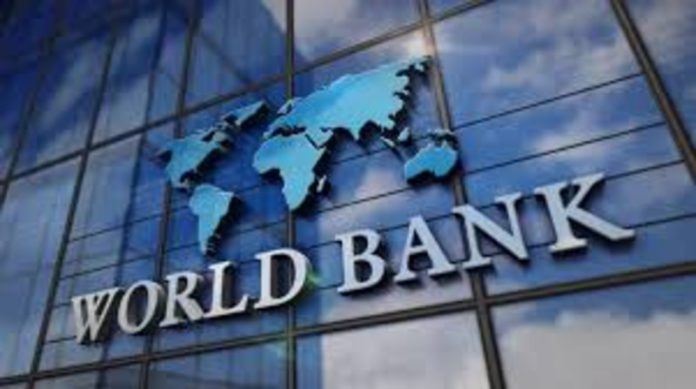About 1.96 million Ghanaians are facing acute food and nutrition insecurity, the latest Food Security Update by the World Bank has revealed.
This represents 6.1% of the total population facing acute food insecurity in West and Central Africa.
Ghana is thus ranked 9th in the region with the highest population facing acute food and nutrition insecurity
According to recent estimates by the Cadre Harmonisé, approximately 34.7 million people (7.8% of the total population) in West and Central Africa were facing acute food and nutrition insecurity as of November 2023.
The breakdown of the 10 most-affected countries according to share of population shows that Sierra Leone is first with 15.2% (1.17 million); Chad second with 12.1% (2.06 million) and Cameroon third with 10.6% (2.94 million).
Burkina Faso came 4th with 9.9% (2.28 million), whilst Nigeria-8.9% (18.47 million), Niger-8.9% (2.3 million) Mauritania-6.3% (171,494) and Togo-6.2% (377,920) came 5th, 6th, 7th and 8th respectively.
The report added that the food and nutrition insecurity situation is expected to worsen in the upcoming lean season (June–August 2024).
Cadre Harmonisé projections indicate that approximately 47 million people (10.5% of the total population) will experience acute food and nutrition insecurity (IPC Phase 3-5) over this period, including 26.5 million people in Nigeria, 3.2 million in Niger, 3.0 million in Burkina Faso, 2.9 million in Chad, 2.5 million in Cameroon, 2.2 million in Ghana, 1.5 million in Sierra Leone, 1.4 million in Mali, and 1.0 million in Côte d’Ivoire.
In the first week of February, Burkina Faso, Mali, and Niger publicly announced their withdrawal from the Economic Community of West African States.
The report added that although the consequences are unclear, the three countries’ exit from the economic bloc could affect intraregional trade and commerce.

